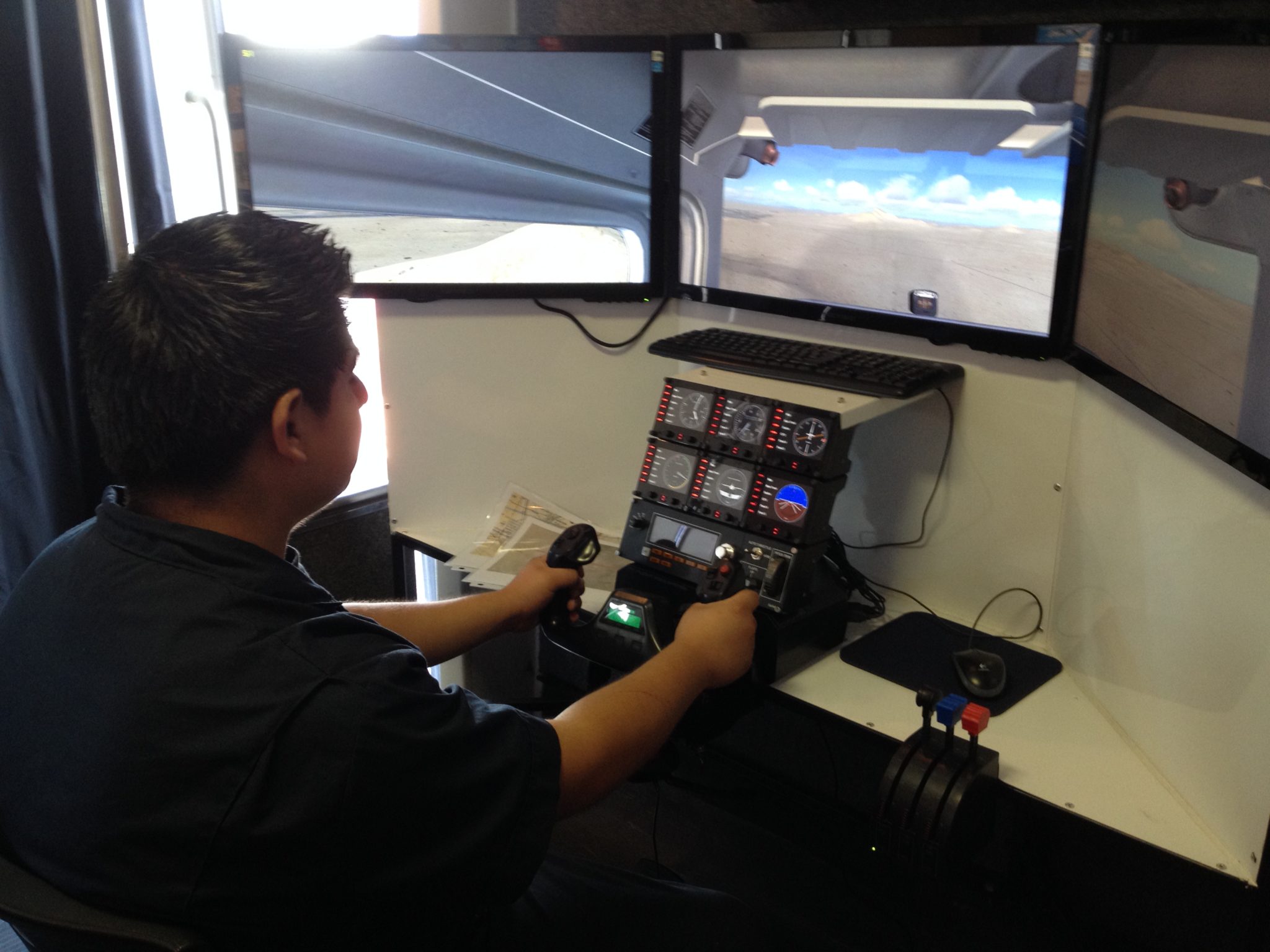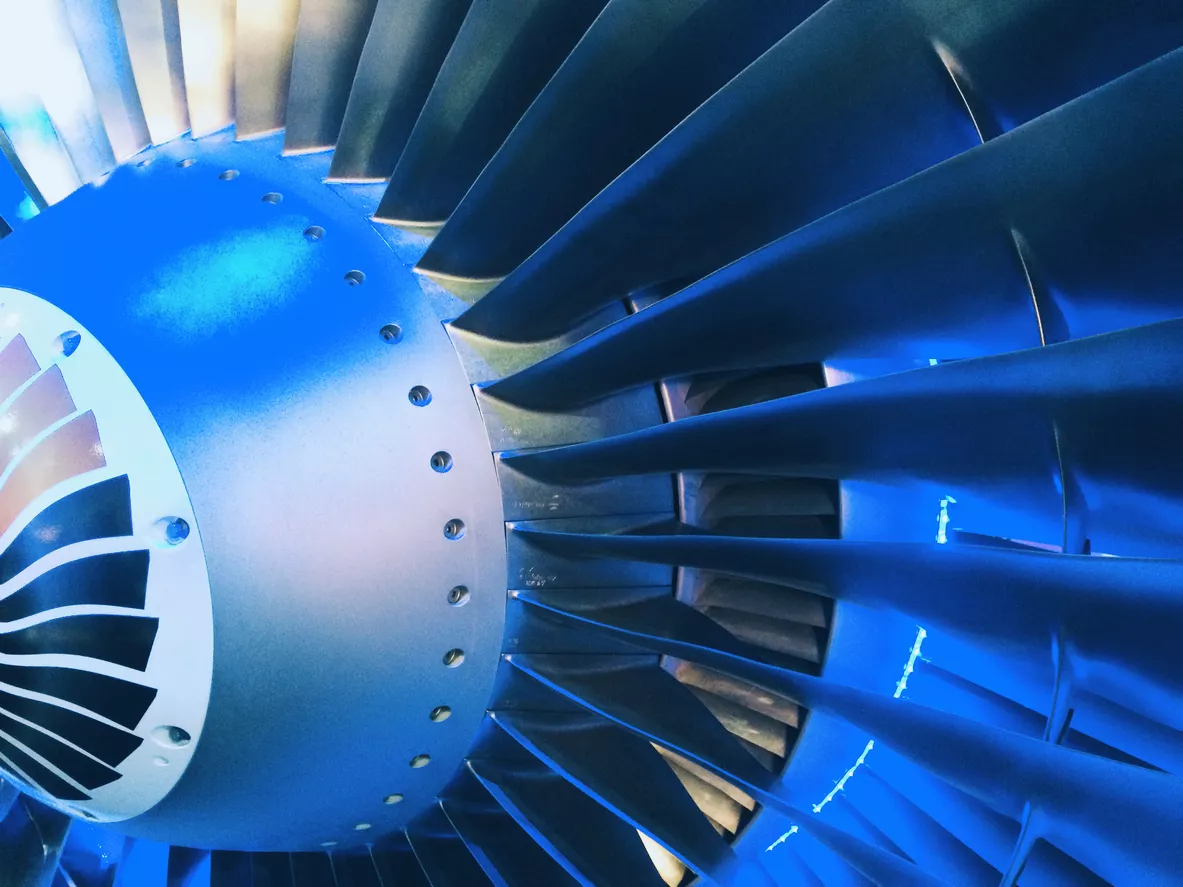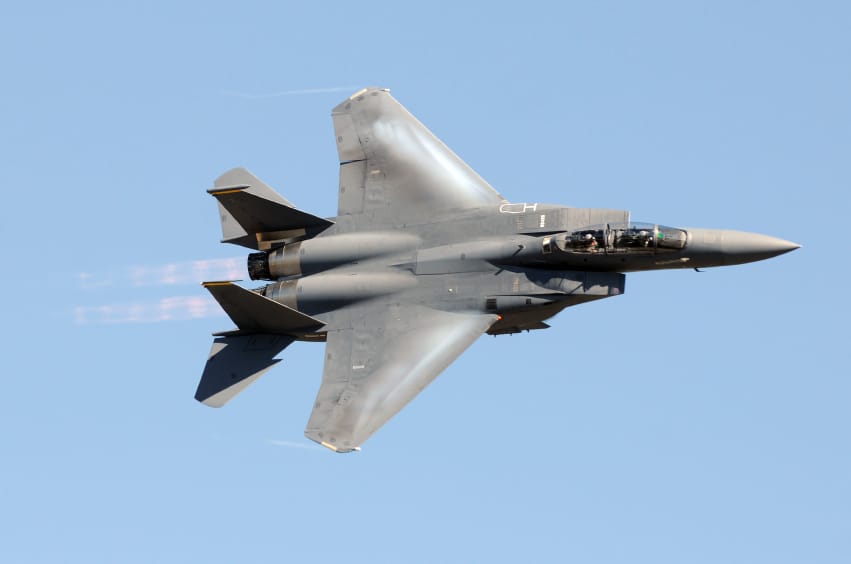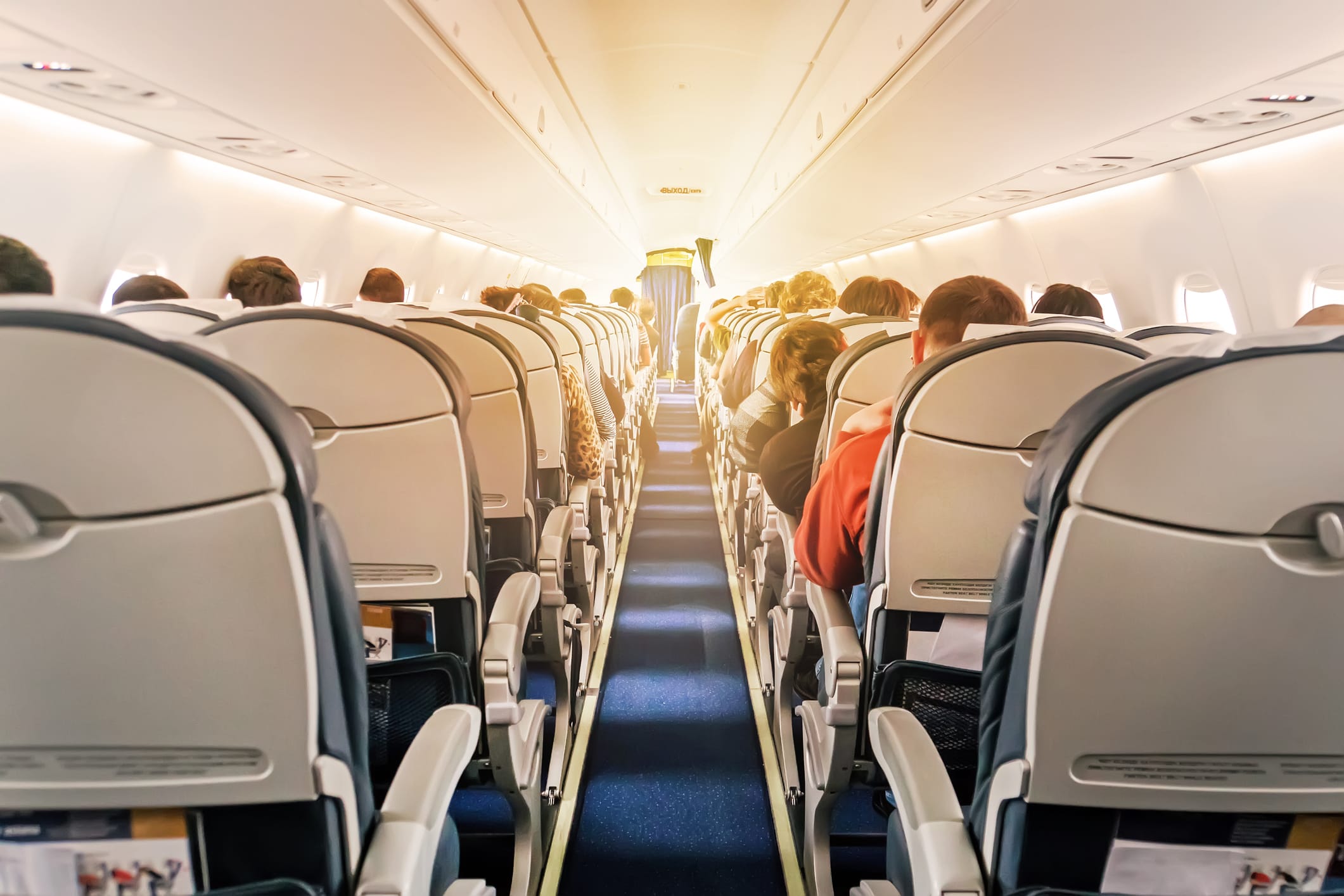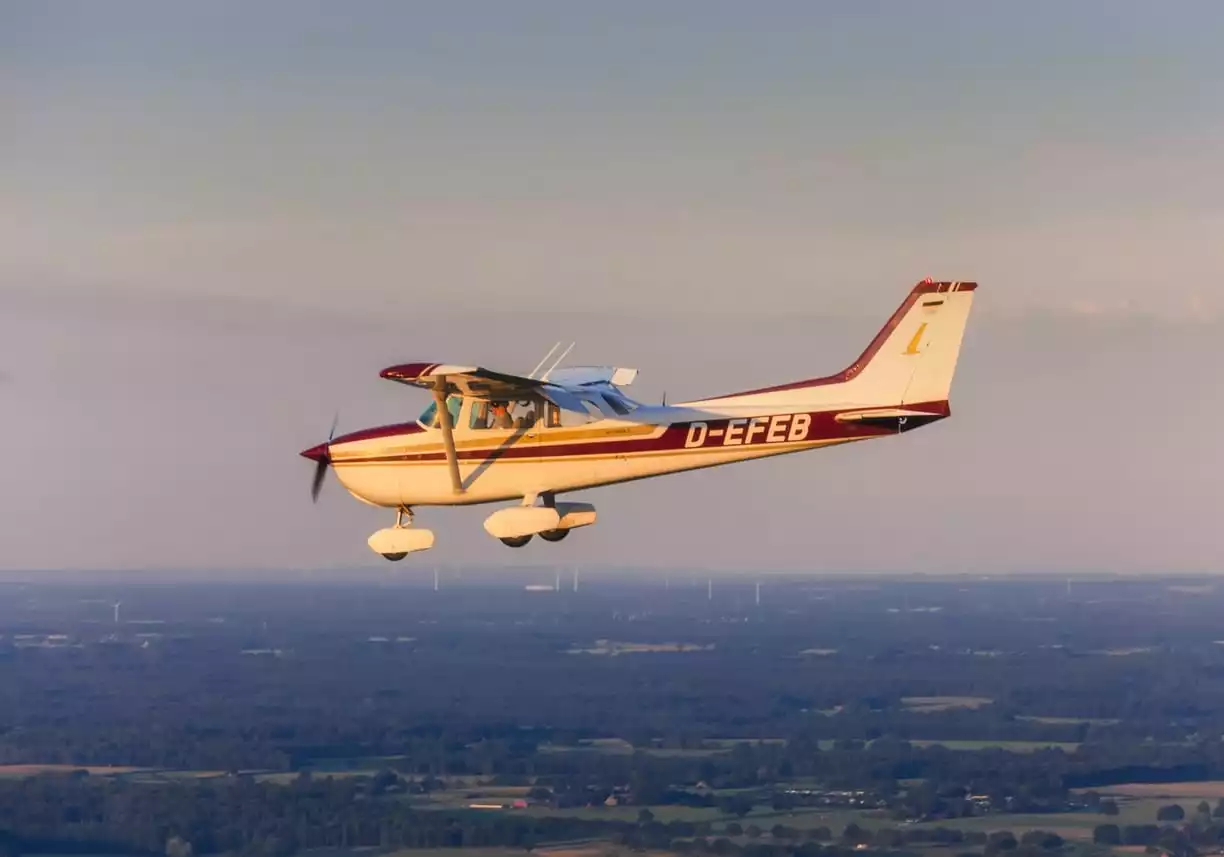Avionics affects pilots in nearly every aspect of flying, but what is it and why is it important?
[lwptoc]
The word “avionics” is an abbreviation for aviation electronics. The senior editor of Aviation Week and Space Technology, Phillip J. Klass, first used the term in 1949. Avionics can include navigation, radio, monitoring of aircraft performance. It involves the design, installation, use, and assemblage of every electronic device on either an aircraft or a spacecraft. Even if an aircraft is not engine powered, it usually has avionics. The development of avionics was pushed by the necessities of military aircraft, and did not appear in most aircraft until after the 70s.
Avionics are useful to pilots in nearly every aspect of flying, from flight planning to safe takeoff and cruise to landing. They are a vital part of navigations, communications, performance monitoring, fuel systems, flight recorders, aircraft management systems, radar, sonar, and electronic support measures. The FAA is developing the modernization of air transport through the Next Generation Air Transportation System, also known as NextGen. This includes working with new technologies and procedures for safer and more efficient air travel.
Why Is Avionics and Why Is It Important?
Anyone who uses the avionics of an aircraft is affected by it. The smallest home built aircraft uses them, as do missiles and military jets. Although most might think of them as complex, such as an autopilot (aircraft flight control) system, avionics can also be as simple as a clock display or an overhead light.
They can include weather radar, flight recorders, and potential threat detection. Engineers design, build, test, install, and upgrade such systems. Some engineers specialize in sub disciplines, such as navigation, flight optimization, weather systems, and communication. Avionics help pilots with the workload of flying an aircraft and can be used to make better informed decisions throughout all phases of flight.
Avionics are present as traditional “steam gauge” dials or flat LCD screens. Some exist as graphics, and others are meant for integration via touch screens. They are particularly useful during the busiest phases of flight, which are take-off and landing. Some avionics assist pilots with these important procedures by displaying runway centerlines, much like in a simulator. These help with orientation, obstacle warnings, and alerts for approaching aircrafts. Avionics are vital when it comes to flying IFR (Instrument Flight Rules), or without visual contact with the ground.
Dangers of Over Reliance on Advanced Avionics
When properly used, avionics can make aviation safer and more efficient. However, certain situations call for human judgement and expertise. In addition, pilots who never learn to aviate with self-assurance when advanced avionics systems go out place themselves and their passengers in danger. Some pilots regard advanced avionics with suspicion, and avoid them as much as possible. However, this is not the answer to becoming a better pilot either. The best approach is to have a balanced view of the importance and usefulness of advanced avionics while still maintaining situational awareness and a confident idea of how to safely aviate without them.
To avoid over reliance on avionics, a pilot should know how to navigate without a GPS and how to read an aeronautical chart. He or she should also be able to chart a course safely using these tools as well as with current weather information obtained from non-electronic sources. Pilots should also be prepared to use formulas to calculate certain important aspects of pre-flight planning, such as load factors, dynamic pressure, and true airspeed.
Avionics and Human Factors
Avionics and the study of human factors are often yoked. Since the pilot must interpret the information issued by the avionics and act accordingly, aircraft designers and engineers are interested in refining the link between the electronic equipment and the human pilot who uses them. Learning as much as possible about how crew members interact with and react to their environment is key in developing an effective set of avionics, not only in the cockpit, but throughout the rest of the aircraft as well. The importance of human factors spans beyond the pilot to any flight attendants, mechanics working on an aircraft, and even passengers.
Since human error is the most significant contributor to airplane accidents and near misses, it is essential that pilots not only learn how they function, but the ways in which they are best managed. Both aircraft designers and pilots are eager to avoid such weak links as alarm fatigue, which is an effect of a human becoming inured to frequent or overused alarm signals. Alarm fatigue, which can also affect professionals in the medical field, can case pilots to overlook alerts and become desensitized to pending dangers.
Even the most alert and experienced pilots can omit a necessary task due to alarm fatigue, or become distracted by its presence. This can become exaggerated in the late evening, early morning hours, and in small, controlled spaces. Alarm fatigue from any instrument can also contribute to stress and fatigue in an emergency situation. Understanding these repercussions and overcoming them is essential to effective use of avionics.
The Importance of Education
It is important to form your knowledge of and experience with avionics in a supportive and forward-looking atmosphere. Strong flight schools and aviation universities are some of the best places to build a strong foundation, whether in an actual cockpit or in a simulator. Professional instructors and a robust degree program or flight school syllabus should work together to make student pilots feel comfortable with and confident in use of avionics even before they use them in real flight.
Since avionics are so important to safety and efficient aviating, it is important to find a dedicated instructor and a facility which emphasizes these principles. At California Aeronautical University (CAU), this is readily available to student pilots. Especially in CAU’s fast track aviation degree, ground instruction in conjunction with high tech full simulators and cockpit familiarization demystifies avionics use so that pilots are ready to build their skills and work on flight fundamentals quickly and rapidly. Once these abilities are established, employment potential is enhanced and training progresses smoothly.
Ready to soar in your aviation career?
Mr. Matthew A. Johnston has over 23 years of experience serving various roles in education and is currently serving as the President of California Aeronautical University. He maintains memberships and is a supporting participant with several aviation promoting and advocacy associations including University Aviation Association (UAA), Regional Airline Association (RAA), AOPA, NBAA, and EAA with the Young Eagles program. He is proud of his collaboration with airlines, aviation businesses and individual aviation professionals who are working with him to develop California Aeronautical University as a leader in educating aviation professionals.
